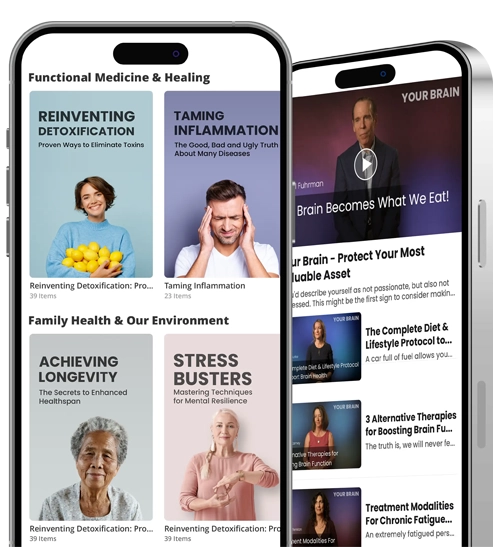Walking Pace May Hold Clues to Aging Well, a New Study Says
Home
 Blog
Blog
 Wellness
Wellness
 Healthy Aging
Healthy Aging
 Walking Pace May Hold Clues to Aging Well, a New Study Says
Walking Pace May Hold Clues to Aging Well, a New Study Says

A recent study published in the PLOS ONE Journal on July 16th, 2025, reports that an increased walking pace could play a key role in helping older adults maintain – or even improve – physical function.
The research focused solely on adults over 60 years of age, who were classified as frail or prefrail. It found that those who walked faster during a structured intervention were much more likely to see improvements in their mobility.
Read the full study here: https://journals.plos.org/plosone/article?id=10.1371/journal.pone.0323759
What the Study Found
The researchers looked at walking sessions of older adults living in retirement communities. By analyzing their walking cadence (steps per minute), scientists were able to draw a few meaningful conclusions about healthy aging and maintaining mobility.
These conclusions include the following:
- Participants who increased their regular number of steps per minute by 14, saw measurable improvements in their 6-minute walk test – which is a marker commonly used to see how much distance a person can cover in 6 minutes.
- Those subjects who were assigned to the high-intensity walking group (and were told to “walk as fast as they safely could”) were 3 times more likely to improve their walking capacity – compared to those who walked at a relaxed pace.
- Looking at the averages, the group of high-intensity walkers reached the cadence of 100 steps per minute, while casual walkers stayed at around 77 steps per minute.
Out of all these findings, it’s worth pointing out that it’s not about reaching a certain cadence to improve walking capacity – instead, it’s about slightly increasing a person’s regular walking pace (no matter what it is).

Who Was Studied
The 4-month trial looked at 102 participants – assigning 56 people in the casual walking group, and 46 people in the high-intensity walking group. The high-intensity walkers were told to walk as fast as safely possible, while the rest were instructed to walk at a comfortable, self-selected pace.
Each participant of the study lived in a retirement community and was classified as either frail or prefrail. The study consisted of 48 total sessions – with 3 sessions performed per week for 4-months, and each session lasting for approximately 45 minutes (with 15 minutes allocated for warm-up and cool-down).
Throughout each session, the subjects wore an activPAL accelerometer on the anterior thigh, which was used to measure their steps per minute. Additionally, participants were allowed to take breaks during their session, but these were not counted towards their results.
Get FREE Access!
We are on a mission to change your life by providing you with curated science-backed health tips, nutrition advice and mouth-watering recipes. Sign up to receive your 3 starter gifts and get exclusive access to new weekly content for FREE:

Free eBook
to boost metabolism

4 Shopping Guides
for every diet

22 Free Recipes
to beat sugar addiction

Subscribe now
Why This Research Matters
The study focused on a simple, yet very important and measurable metric – walking cadence – as a promising way to improve the physical capability of the elderly. Its findings offer a practical way to guide mobility-based interventions without requiring much fitness equipment or testing.
Moreover, this study looked at mobility and gentle exercise from a different perspective – while most research tends to focus on activity levels or heart rate zones, this one offers insights on the absolute fundamentals.
It suggests that even a small increase in our steps per minute can have a profound impact on our function and independence – and the difference is noticeable.
While increasing your walking pace is a simple and effective way to maintain mobility as you age, healthy aging goes far beyond just movement. Supporting your body at the cellular level is key to preserving energy, strength, and vitality over the long term. One of the most powerful ways to do that is by managing mTOR activity—your body’s master regulator of cellular aging and repair. That’s exactly what Restore Life is designed to do.
Did you know that there is an enzyme in the body, called mTOR, that dictates how fast we age and repair our cells? Even more fascinating, this enzyme goes hand in hand with chronic and metabolic diseases, which is why it is vital to control it. Our Restore Life formula contains 7 proven natural mTOR-inhibiting ingredients, specifically designed to “switch off the aging button.”
Click here to learn more about Restore Life and see how to boost your metabolism even more, protect your skin against aging, and “turn back the clock” by 10 years.
What Comes Next
In this case, researchers explored how increasing one’s regular walking cadence improves their physical capabilities. But in the future, it may be worth seeing how hitting specific thresholds (like 100 steps per minute or going 14 steps above baseline speed) impacts the mobility of older adults.
However, there’s more – apart from just looking at the walking pace, it may be also interesting to consider factors such as the number of breaks, the time of activity, or even the conditions in which a person walks.
But for now, we simply know that going a bit faster may help us go further – even if we’re not at the peak of our physical function.

We created ZONIA because we believe that everyone deserves to be empowered with the education and tools to be healthy and happy. Zonia's original videos and personalized transformation programs by our health & wellness experts will help you achieve this mission. Click on the button below to get started today:







